Breast Uplift (Mastopexy)
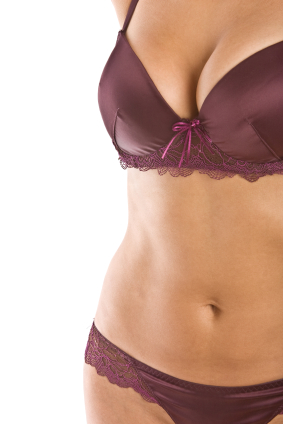
Over the years, factors such as pregnancy and the force of gravity take their toll on a woman's breasts. As the skin loses its elasticity, the breasts often lose their shape and firmness and begin to sag. This can also present at a young age. Many women describe droopy breasts as “old woman’s” breast. It may have a negative effect on their self-esteem.
What is Breast Uplift (Mastopexy)?
Breast uplift, or mastopexy, is a surgical procedure to lift up the sagging breasts. It also lifts and reduces the size of the areola, the darker skin surrounding the nipple. This creates a more attractive and youthful looking breast. This operation does not result in reduction of the size of the breast.
The Breast Uplift (Mastopexy) Surgery
Breast Lift involves removing skin from the breasts, lifting and reducing the size of the areola, the darker skin surrounding the nipple. Breast uplift creates a more attractive and youthful looking breast. Depending on the amount of lifting necessary, the scars can either be just around the nipples, or extend as an anchor shape (inverted-T) that circles the areola, extends downward, and follows the natural crease beneath the breast. Usually the scars settle well. Drains can be necessary. The breast lift surgery is done under a general anaesthetic (you will be asleep). It usually involves 1-2 nights in hospital and the drains are removed before leaving. A sports/supportive bra can be worn before leaving the hospital.
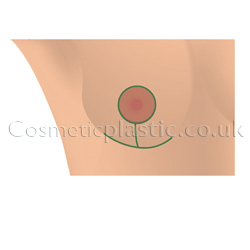
Recovery from Breast Uplift (Mastopexy)
Following the breast uplift surgery you will have a dressing that is best kept dry. A sports bra is best worn before leaving the hospital, 24 hours per day for 6 weeks. Patients should take at least 2 weeks off work. The stitches are usually dissolvable and do not require to be removed. It is advisable to refrain from any strenuous work or physical exercise for approximately 6 weeks. Under-wired bras are best avoided for approximately 6 months.
Potential Risks of Breast Uplift (Mastopexy)
Every surgical procedure carries a certain amount of risk, and it is important that you understand the risks involved with breast uplift.
The most obvious consequences are the scars. They are designed to be invisible whilst wearing normal clothing and as far as possible are designed to lie under the average bra or bikini top. Occasionally the skin can become sloughy and slow to heal particularly at the apex of the T-junction of the scar and in very rare circumstances may require a skin graft to help healing. Over the months following surgery the scars will fade from being red, possibly thick and uncomfortable, to becoming much more pale and less obvious. However, they will always be present and visible when clothing is not worn and the scars will vary from one woman to another. In some they may be very thin, in others they may stretch and become quite red and lumpy. In the vast majority of women, however, the scars are acceptable and a small trade off for the benefit of dealing with the problems of droopy breasts.
A certain degree of asymmetry is to be expected. Most women have slightly asymmetrical breasts before their surgery, and a small deviation in size or appearance must be regarded as normal.
It is difficult to predict the exact size and shape of the breasts prior to breast uplift surgery. When lifting breasts, it may be necessary to adjust the folds of skin (dog ears) at the end of the scar, both between the breasts and at the sides. This can simply be improved on few months later.
Sometimes fat necrosis can occur, when the blood supply of the fat cells in the breast is disturbed. This may present as discharge from the breast or lumpiness in the breast. The ability to breast-feed following breast lift is unlikely to be affected. The nipple sensation can be altered, which could be temporary or permanent. In the unlikelihood that the circulation to the nipple is disturbed, there is the risk of nipple loss. This may require skin graft to aid healing.
Bleeding, infection, wound break down, excessive scarring, blood clots in leg veins and/or lung and further revisional surgery are general risks that can follow any operation.
There is no evidence that breast lift causes breast cancer. Nor does it prevent your breast from being examined for cancer in the usual way.
Before After
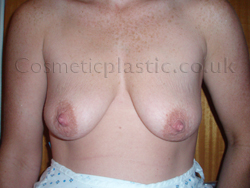
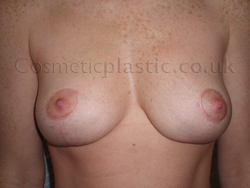
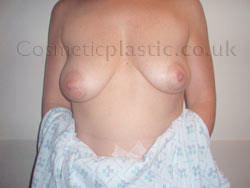
WEB.jpg)
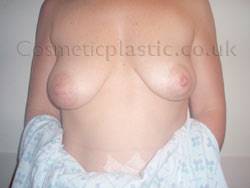
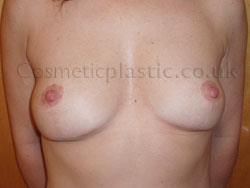
The information provided gives you a basic understanding of the breast uplift procedure but it may not answer all your questions, a lot depends on your individual circumstances. This website provides guidance and is not intended to be a substitute for a surgical consultation with Mr Fahmy in Shropshire, Chester, Cheshire or Wrexham, North Wales and Mid Wales.
For any enquiries, you can email Professor Fahmy on info@cosmeticplastic.co.uk . Your consultation will be directly with Professor Fahmy and the treatment will be performed by himself at the hospital of your choice either Pulford Medical Centre, Chester (Cheshire) or Spire Yale Hospital, Abergele & Wrexham (Wales). It is always advisable to bring a friend or a relative during your consultation, as it may further assist you in any questions you may have.
Notice of Copyright ©: 01 July 2008 - The documents and images on this website have been created by Prof. F Fahmy (author), who reserves all rights to their use for purpose of publication, sale, commercial gain, or promotion. Permission must be sought to download, reproduce, copy, print, or otherwise transform any of the documents or images on this website. The copyright for all pictures remains with Prof. F Fahmy.